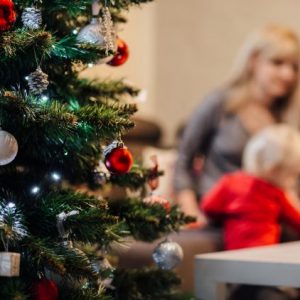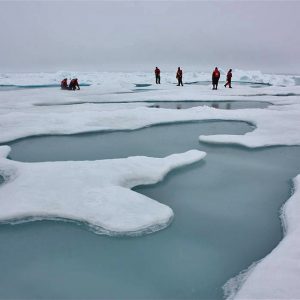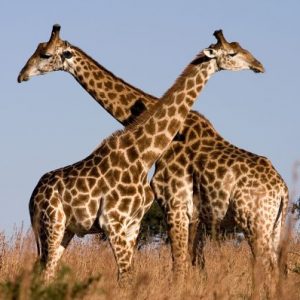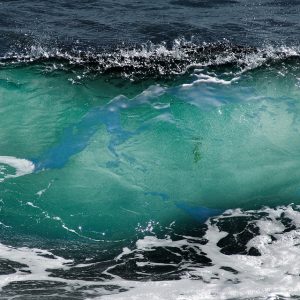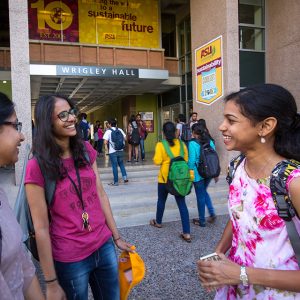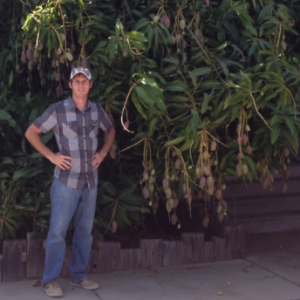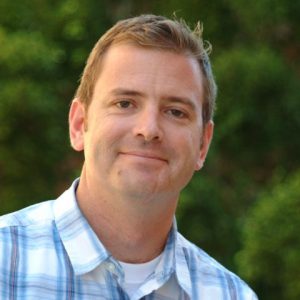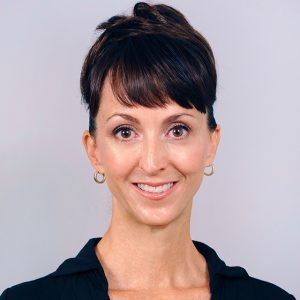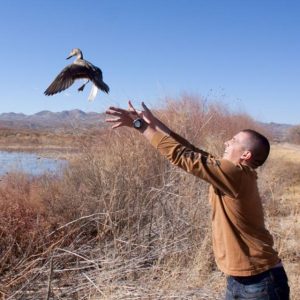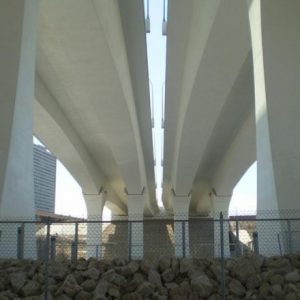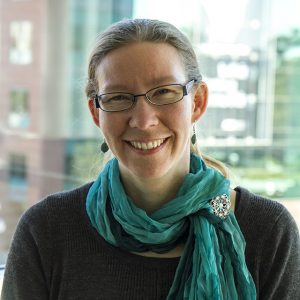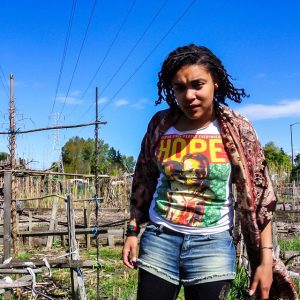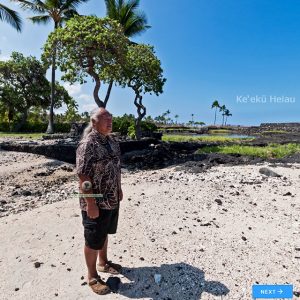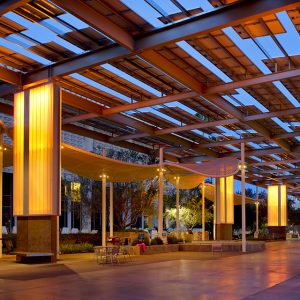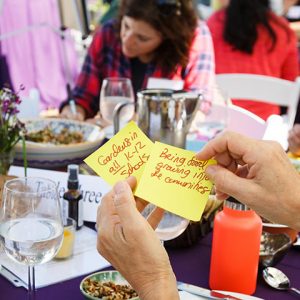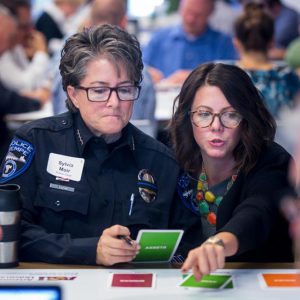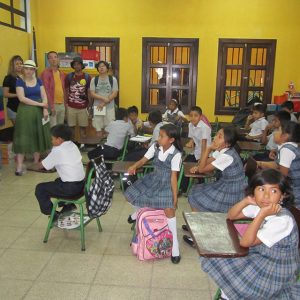Modeling a way toward sustainable urban development
View Source | January 5, 2017
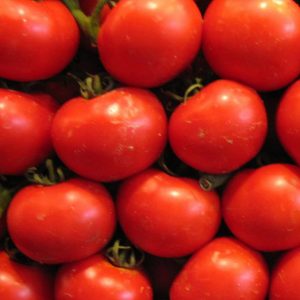 Seeking sustainable solutions to unfettered development, a team of ASU researchers has been working to create an innovative, physics-based model that can predict how gardens and farms can most efficiently be integrated into cities.
Seeking sustainable solutions to unfettered development, a team of ASU researchers has been working to create an innovative, physics-based model that can predict how gardens and farms can most efficiently be integrated into cities.
The model will look at what would happen if vacant land in a city were turned into urban farms, which could produce food for the neighbors and help mitigate the urban heat-island effect. UHI occurs when concrete and asphalt stay warmer overnight, raising temperatures. Conversely, plants and trees allow desert land to cool at night.
Led by sustainability scientist Alex Mahalov, the team is part of a collaborative five-year national project funded with $4 million from the U.S. Department of Agriculture and the National Science Foundation. The work crosses several disciplines, with mathematician Mahalov joined by experts in agribusiness, geography and sustainability.


